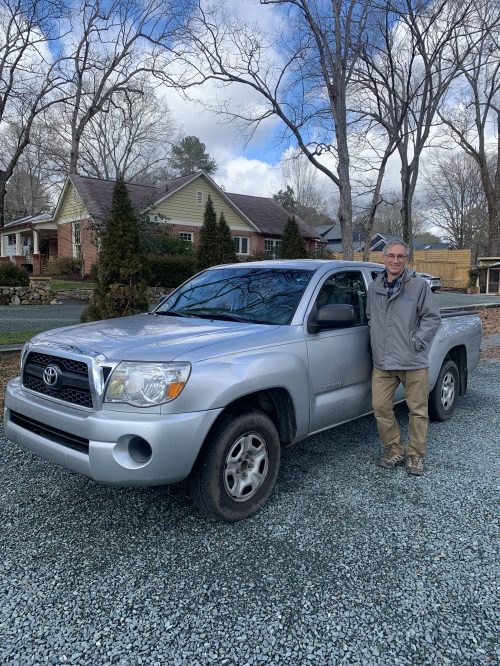A Letter from Entex’s VP of Engineering, Jeff Danner
At the risk of stating the obvious, 2020 was a challenging and unusual year with disruptions, fears, and a fair bit of loneliness for many. For me, the dynamics of the year we will never forget prompted reflection about my life and career. I have chosen not to travel on airplanes during the pandemic, so my beloved 2011 Toyota Tacoma and I have spent a lot of time together on the back roads of America, often in the least prosperous parts of unprosperous towns trying to find a way to fix wastewater plants for towns with limited resources.
While 2020 had many trials, it also helped me to distill down my thoughts about my job and career to their essence. I found a strong reaffirmation that I really like what I do. When written down, that might not sound like much but as the years and decades pass, the value of finding what I do to be redeeming only grows.
I take great satisfaction in cleaning the water that goes into our rivers, streams, lakes, and bays. When my Tacoma and I pass by bodies of water like the Chesapeake Bay or the Ouachita River, which have multiple Entex facilities upstream, it makes me smile. But wastewater treatment is not just about ecosystems, it is also about people.
Take the mission statement of the Water Environment Federation (WEF) :
Since 1928, WEF and its members have protected public health and the environment. As a global water sector leader, our mission is to connect water professionals; enrich the expertise of water professionals; increase the awareness of the impact and value of water; and provide a platform for water sector innovation.
On its surface, this is a broad and sweeping view, but I believe it can and should also be applied on a more focused and local level as well.
Wastewater plants in small towns are often difficult to locate on your first visit. The route there can include crossing through rail yards or odd turns down unmarked gravel roads. However, there are often clues when I am getting closer. When the houses start to look older and smaller and when you see cardboard signs along the side of the road advertising “broad band internet” at speeds only a fraction of what I am using as I write this, then I know I am getting close.
For the most part, folks who live near wastewater plants, do so because the land and houses fit their limited budgets. They are the people most impacted if foul odors waft from the plant or when rates go up as new investments are made. As Entex works on these facilities, I try to keep our new neighbors in mind. Upgrading the wastewater plant with one of our fixed film or aeration systems reduces odors, making life nearby more pleasant. Further, a retrofit of an existing facility – a large part of Entex’s business – is a significantly less expensive way to increase capacity, improve treatment, and/or meet new effluent limits than building new greenfield infrastructure. That’s how we help keep customer rates low.
So, I am happy to reflect that I and Entex are doing what we can to make our water a little cleaner and life a little better even in these usual times. If we can give you a hand with your treatment needs or challenges, shoot us a note at info@entexinc.com.
